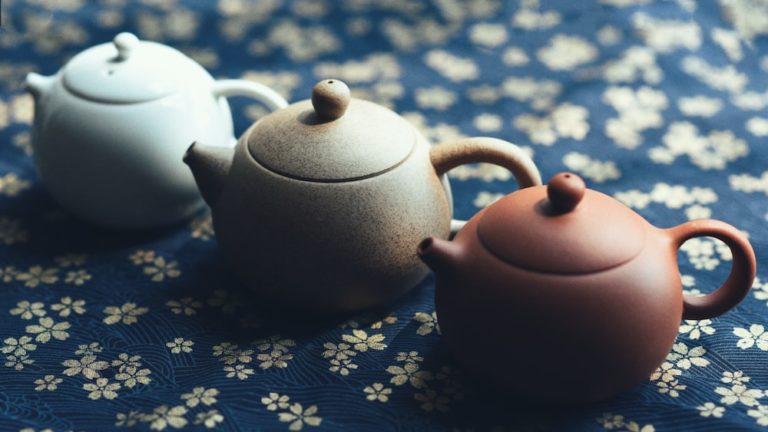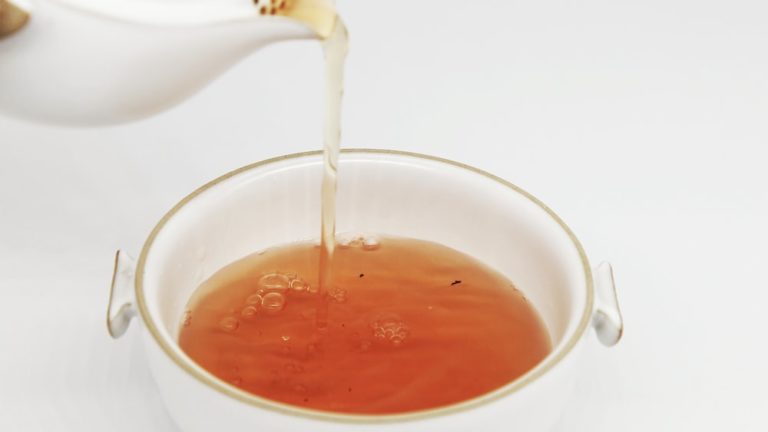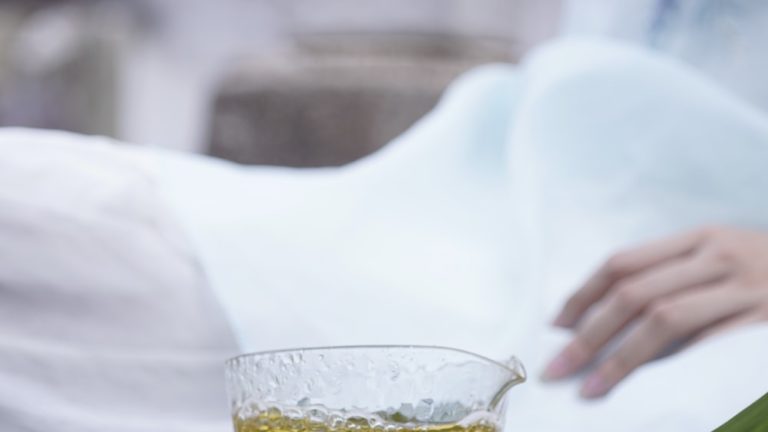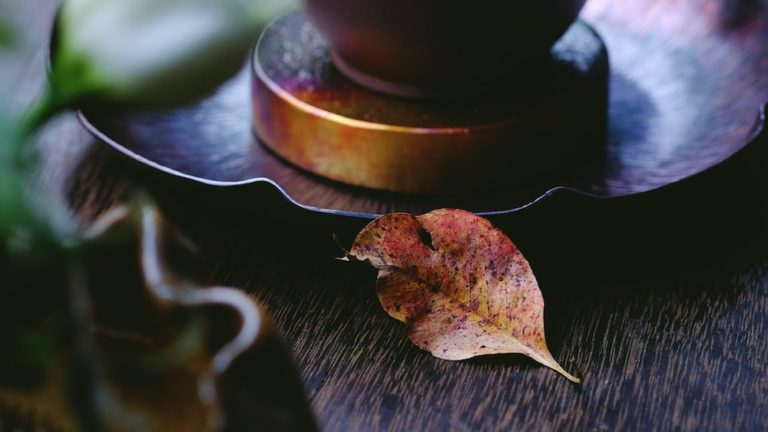Black Tea Vs Matcha: Understanding The Differences
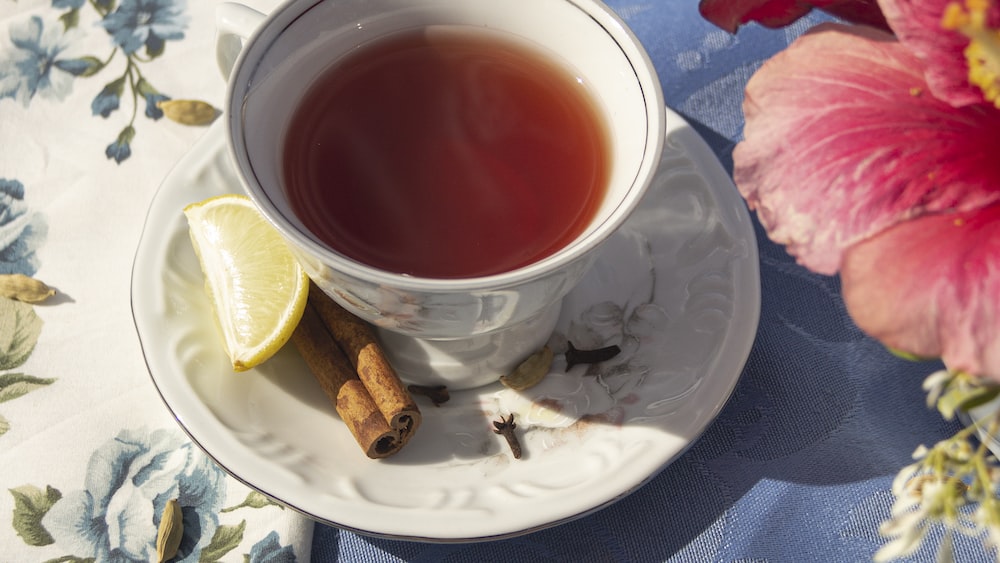
Black Tea Vs Matcha: Understanding The Differences
Ahoy there, tea lovers and the tea-curious alike! Relax and ready your senses for a soothing rollercoaster ride down the winding lanes of your favorite brew. How many times have you debated the differences between your beloved black tea and that intriguingly vibrant matcha tea your health-conscious friend can’t stop raving about? Well, tarry no further in confusion because the great matcha vs. black tea debate is about to be settled once and for all!
Oh, don’t worry – this is no dry academic face-off, but rather, a whimsical exploration of taste, health benefits, and cultural nuances. Isn’t it ironic how we’re so caught up in our daily grind and yet we barely scratch the surface of understanding the beverages that fuel us, be it our morning booster or the evening wind-down?
Through this blog post, we aim to take this cult-like fascination for teas, strip it of its mysteries, bring forth the unsung narratives, and present you with a picturesque tableau, teeming with a kaleidoscope of colors, fragrances, flavors, and benefits.
The Basics of Black Tea and Matcha
Strap in as we kick things off, diving right into the basics of black tea and matcha. These two transcendent beverages are truly the Batman and Superman of the tea universe. They’re the yin and yang, the chocolate and vanilla of a tea lover’s world. So, throw off your preconceptions and let’s see what makes these two divine brews tick.
What is Black Tea?
Two sugars and a dab of milk, please. Sound familiar? If so, then you’re already familiar with the ubiquitous black tea. Derived from the Camellia sinensis plant, black tea undergoes a thorough oxidation process, which catapults it miles away from the delicate flavors of, let’s say, green tea. Think of it as a cacao bean sweating it out under the sun to transform into the sinful cocoa. Cool, huh?
Using a quintessential tea party example (quite literally), imagine the Mad Hatter from Alice’s Adventures serving black tea. He joyously exclaims, “Why, my dear, this robust concoction quivers its deep amber hues and takes you on a journey filled with bold flavors transporting you straight to the tea gardens!” Ah, how whimsically vivid!
Black tea undergoes a thorough oxidation process, transforming it into a robust concoction with bold flavors that transport you straight to the tea gardens.
What is Matcha?
Now on to the charming superhero adorned in a cloak as green as the Emerald City, enter Matcha tea. And what, pray tell, is this exquisite green superhero bringing us? Well, it brings us an experience; it brings us an age-old traditional Japanese ceremony served in a bowl!
Matcha is in essence, green tea, but with an aristocratic twist. This elite brew is born when green tea leaves are shaded from the sun for about the last three weeks of their growth cycle, amplifying their chlorophyll levels. This gives the leaves an intense, vibrant green color, akin to a neon sign screaming ‘Drink Me!’.
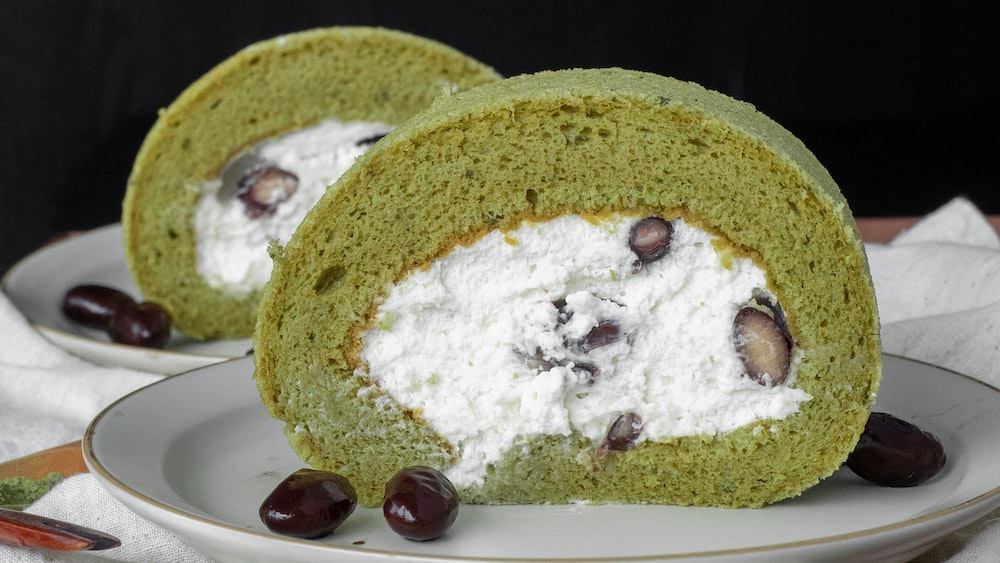
One distinguishing characteristic is that matcha is a fine powder that gives a frothy delight when whisked with hot water. Think of this part like a DJ mixing the perfect beats, just that in this case, it’s directing a symphony of flavors. The result? A full-bodied, creamy, green delight that righteously earns its superhero status!
Production Methods of Black Tea and Matcha
Now that you’ve been formally introduced to black tea and matcha let’s part the curtain and venture behind the scenes. If black tea and matcha were film stars, how would their blockbusters be produced?
How is Black Tea Produced?
Coming back to our superhero, black tea’s production process is a stirring drama that parallels an epic journey. After the tea leaves are plucked, they are first spread out and left to wither (no, they don’t age like a wrinkled prune). Withering is merely part of the show where they lose water and become flaccid.
Post withering, the leaves are rolled and crushed, leading to a process of natural fermentation or oxidation where the enzymes in the leaves are exposed to oxygen. This transforms the green leaves to a more mysterious, dark color, hence the name, black tea. Remember, the more the oxidation, the stronger and darker the tea. It’s like baking a loaf of bread. Overdo the baking and voila! You have a darker, stronger taste.
How is Matcha Produced?
On the other hand, creating matcha is an art, a tradition handed down through generations. Similar to how a potter shapes clay into elegant pottery, matcha is crafted, not simply produced. Once the tea leaves are shaded and plucked, they are steamed to halt any oxidation.
Then come the drying and the destemming, and finally, grinding the leaves into an emerald green powdered tea. It’s like making homemade icing sugar from granulated sugar – pure, fine, and gently sweet. What’s left is the superheroine of teas, matcha, in all its full-bodied, frothy glory!
Health Benefits of Black Tea and Matcha
Now comes the gripping part of our saga – the health benefits of black tea and matcha. Have you ever thought about the magnificent treasure trove of health benefits tucked away in your quaint tea cup? Indeed, it’s time to switch on your Sherlock Holmes mode and unearth the rewards.
Health Benefits of Black Tea
Ah, the deep, rich black tea. If it were to pen an autobiography, the pages would be chock-full with tales of health benefits. From enhancing heart health to reducing the risk of stroke and managing diabetes, black tea sure knows how to play the game of thrones in the world of teas.
The antioxidants or ‘the knights in shining armor’ found in black tea, known as polyphenols, help in balancing the cholesterol levels, thus reducing the risk of heart diseases. But wait, there’s more! Black tea is also seen as a stress reliever. They say, “When in distress, make yourself a cup of black tea!” Well, believe it or not, black tea might help in calming you, much like a relaxed cat purring by a warm hearth.
Health Benefits of Matcha
Right on its heels, is our well-dressed superhero, matcha tea. This vibrant queen of teas is a powerhouse of health benefits. Want to boost your memory and concentration power? Matcha has got you covered with its L-theanine content. This amino acid boosts brain function, making you as clever as a fox.
What’s more, matcha can also be considered a gym workout buddy. How, you ask? It’s quite simple. Matcha helps in enhancing fat burning during exercise! That’s right, folks. A cup of matcha might just be the key to achieving that fitness goal you’ve been sweating over. When it comes to health benefits, our superheroes, black tea and matcha, definitely don’t hold back!
Caffeine Content in Black Tea and Matcha
Once we’ve dived into the world of tea, one of the pivotal questions that often pop up is about the caffeine content. Isn’t that right, fellow tea drinkers? Now, don’t twitch your noses at the thought of caffeine. Here’s an electrifying facer: caffeine is not our enemy. Let’s spill the tea on this, shall we?
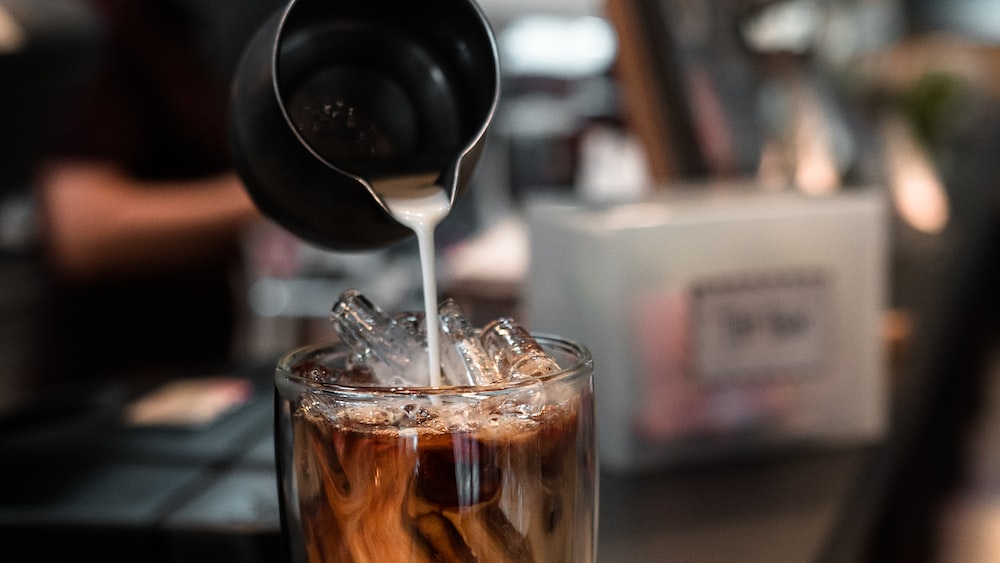
Caffeine Content in Black Tea
Anyone seeking the rush of caffeine often wonders, is black tea the answer? And indeed, they’re on the right rack! Her majesty, the black tea, contains approximately 42 to 72 milligrams of caffeine per eight-ounce cup, matching the energy levels of a small lightning bolt. Energizing, isn’t it?
Much like the difference between water from a puddle and a spring, the caffeine content can vary depending on multiple factors. The type of tea plant, the age of the leaf, and the amount of steeping time can vastly influence the caffeine expedition that you’re about to summon.
Caffeine Content in Matcha
The proverbial tortoise in our race of caffeine content comparison is none other than Matcha. Remember Aesop’s famous fable about the tortoise and the hare? The seemingly slow and steady triumphs, just as Matcha here with approximately 70 milligrams per serving. You might want to sit down for this – grams for grams, yes, the Matcha packs in more caffeine than black tea!
However, it’s crucial to line out that unlike black tea, Matcha contains a unique type of antioxidants called EGCG. It’s like the superhero cape that slows the release of caffeine into your system, providing a gradual energy boost without the jittery aftermath. The matcha magic, ladies and gents!
Flavor Profiles of Black Tea and Matcha
Now that we’ve illuminated the caffeine content, let’s steer our tea ship towards the alluring world of flavors. Tea is not just a beverage but an intimate story told through tastes, isn’t it?
Flavor Profile of Black Tea
Imagine your taste buds doing a jive, that’s black tea for you. Its flavor profile is as varied as the dresses in a royal wardrobe. Rich, strong, malty, and sometimes sweet or floral, black tea indeed caters to every taste palate out there.
Nothing short of a world tour, the flavor of black tea can range from the smoky Lapsang Souchong, the muscatel Darjeeling to the malty Assam. It’s a whirlwind of taste as varied as the growing regions themselves!
Black tea is like a flavor-packed world tour for your taste buds, offering a range of profiles from rich and strong to sweet or floral, taking you on a whirlwind of taste exploration.
Flavor Profile of Matcha
Matcha, on the other hand, is like a culinary trip to Japan with its distinctly grassy, slightly sweet yet bitter taste. Upon sipping, it walks subtly on your palate, as if velvet slippers gently pirouetting. The sweetness comes from the amino acid called L-Theanine, the plant’s own gift to us humans.
In its high-quality avatar, ceremonial grade Matcha can taste quite sweet with a delicate hint of umami. Lower quality Matcha often has a more bitter taste since they use older tea leaves. The flavor as unpredictable as the sea, isn’t it?
But for some of us, the first sip might taste like mowing the lawn – a bizarre mixture of grass and sweat. Never fear, dear tea drinker, Matcha is an acquired taste and with time, it does grow on you.
Brewing Techniques for Black Tea and Matcha
So, we’ve paraded through the carnival of caffeine content and flavors. Now, let’s swivel our teacups to the final and most crucial chapter of our tea saga – How do we brew these beauties to perfection?
How to Brew Black Tea
Brewing black tea is like conducting a symphony – each step has its own rhythm and passion. Start with fresh, preferably filtered water. And no, pouring hot water on top of the tea bag dunked in your cup is not the way of the tea-drinking force. Rather, for every eight ounces of water, employ one teaspoon of loose black tea leaves or one tea bag.

First, bring the water to a raging boil. Then, invite your tea leaves to this hot water party! Steep them for about 3 to 5 minutes. If you’re a fan of stronger flavors, feel free to let the leaves party a little longer. But beware, too long and you could have a bitter revolt in your teacup!
How to Brew Matcha
Brewing Matcha is more like an elegant dance than a casual brewing process. It champions the simple act of making tea into an art form.
Begin by warming the bowl with hot water. Then, dry it carefully. Sift one to two teaspoons of Matcha into the bowl to avoid clumpy rebellions. Next, pour in about two ounces of hot water – if it’s boiling, it may scorch the flavor, and we don’t want that, do we?
The whisking process of Matcha is like conducting a mini cyclone in your bowl, you whisk it rapidly back and forth until the tea takes on a frothy consistency. Only then, add more hot water according to taste.
Remember, tea is more than just a drink. It’s an invitation to pause, savor the moment, and celebrate the endlessly varying world of flavors and scents. Now go forth, brew some love in your cup and celebrate you!
Buying Guide for Black Tea and Matcha
Stepping into the world of teas is akin to walking into a grand ballroom. Every corner brims with elegance and each dance partner, from black tea to matcha, beckons with distinct charm. So, how do you pick the perfect partner for your daily tea dance? Let’s twirl into the world of tea buying and find out.
What to Look for When Buying Black Tea
For black tea, one must be as discerning as a seasoned dance judge. Look closely at its texture. High-quality black tea usually has whole, unbroken leaves. If you see too many stems or crushed leaves, you might be waltzing with a lower-grade variety.
Next, take a whiff. Its fragrance should be invigorating and complex. A dull, flat aroma is like a dancer with two left feet – a sure sign of poor quality.
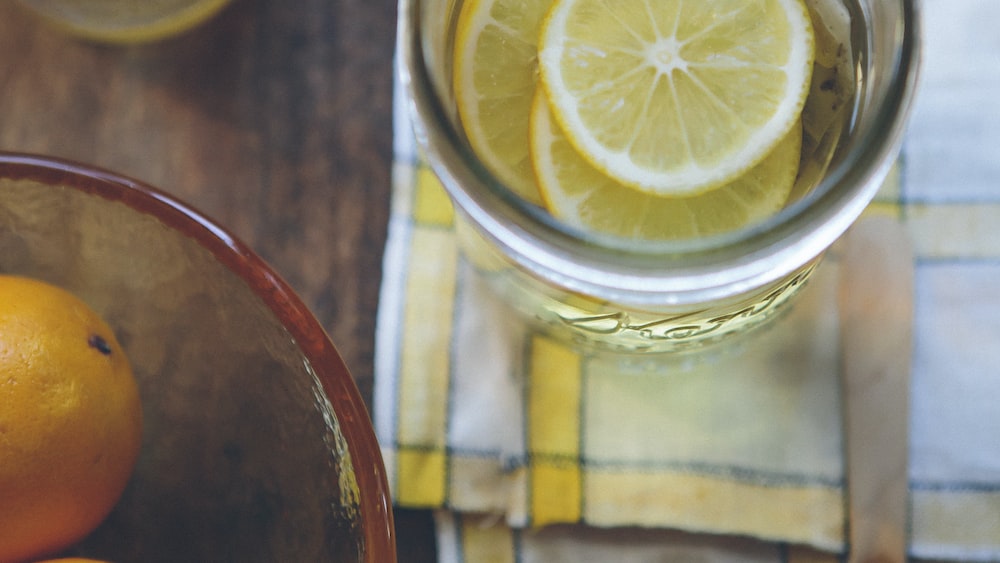
Last but not least, its color echoes its elegance. Black tea should look black or dark brown. A lack of vibrancy in its hue could signify old age, and nobody wants to dance with a tea past its prime!
What to Look for When Buying Matcha
When seeking a matcha partner, consider its origins. Authentic matcha hails from Japan – think of it as a sumo wrestler in a tea world. If your matcha isn’t from Japan, it’s like a sumo wrestler on a ballet stage – intriguing, but not quite the right fit.
Matcha’s vibrant color speaks volumes. This tea’s color should be a vibrant green, echoing a sprightly dance. A dull green can indicate age or poor quality.
Finally, ensure your matcha is properly powdered. Coarse matcha is like a clumsy dancer; it’ll throw off the smoothness of your waka life.
FAQs
1. What are the main differences between black tea and matcha?
The main differences between black tea and matcha lie in their production methods and health benefits. Black tea is oxidized and processed, while matcha, a green tea, is ground to a fine powder after the tea leaves are shaded for a period of time before harvest to boost their chlorophyll content.
2. Which has more caffeine, black tea or matcha?
In terms of caffeine content, matcha tends to hold more caffeine than black tea, due to its unique preparation process.
3. How should I brew black tea and matcha to get the best flavor?
Brewing black tea depends largely on personal preferences, but generally, it should be steeped in boiling water for 3-5 minutes. For matcha, whisk the tea in warm water until frothy to ensure the best flavor.
4. What should I consider when buying black tea or matcha?
When buying black tea or matcha, consider their origin, color, and texture. For black tea, look for unbroken, vibrant leaves, and for matcha, seek out fine powder with a rich, green hue.
Conclusion
So, there you have it, my fellow tea connoisseurs. We’ve jived through the basics, shimmied through the benefits, and waltzed through the exquisite world of black tea and matcha.
It’s clear that whether you’re looking for a profound immersion in the waka life with a cup of matcha or a sophisticated twirl with black tea, each offers an enthralling dance of flavors and health benefits worth savoring.
So put on your dancing shoes, or tea cups in our case, and let the dance begin. Until our paths cross again in the tea aisle, keep sipping, smiling, and dancing your way through life. Signing off, Zoe.

